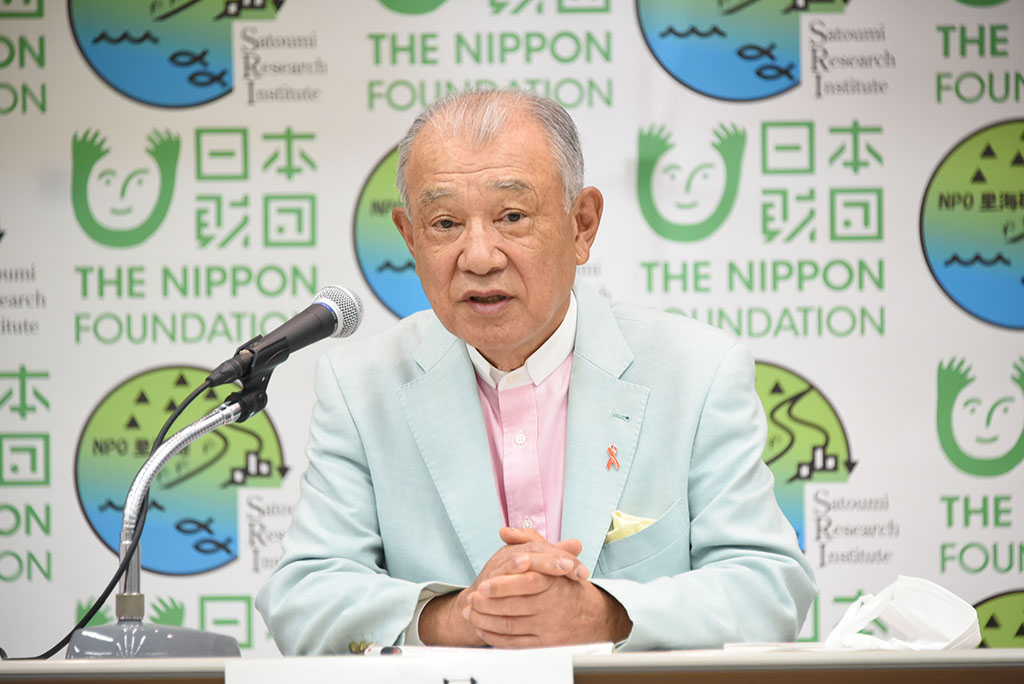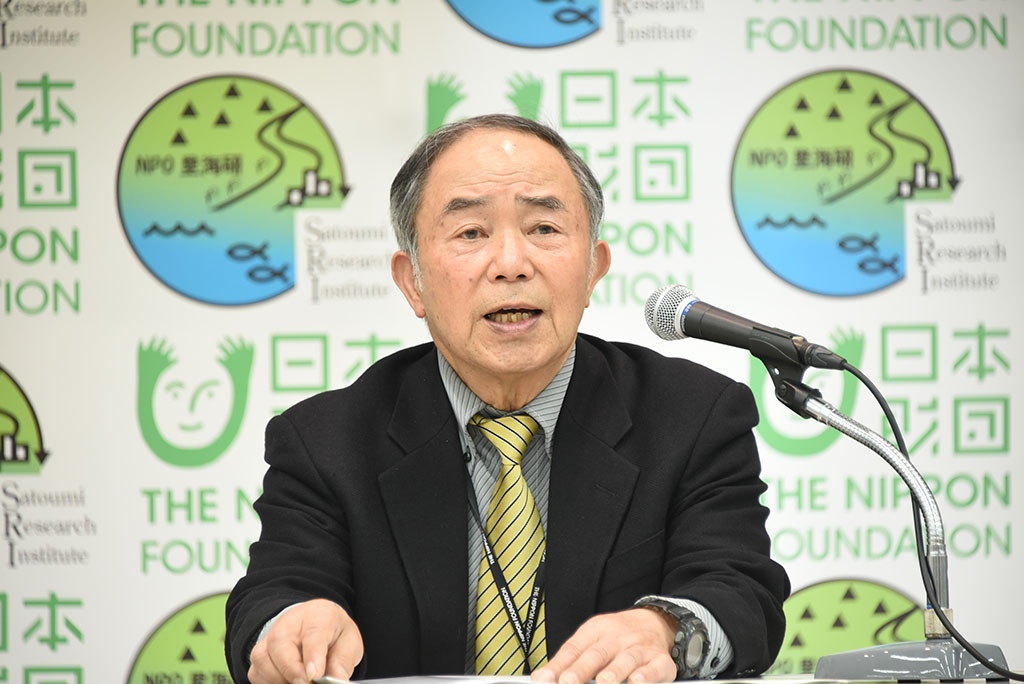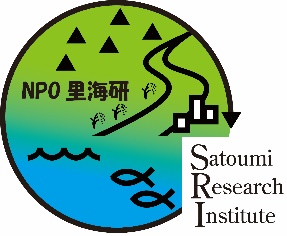First Measurement of Ocean Acidification Level that Could Affect Oysters in Japan’s Coastal AreasAnnouncement of actual effect and future projections
The Nippon Foundation and the Satoumi Research Institute held a joint press conference on March 17 to announce the latest findings of The Nippon Foundation Ocean Acidification Adaptation Project, launched in April 2020 for the purpose of identifying the situation regarding the increasing acidification of the ocean in Japan’s coastal areas and its effect on the fishing industry. Focusing on farmed oysters, one of Japan’s most important aquaculture products, data was recorded at three locations in Japan (Miyagi, Okayama, and Hiroshima) over 18 months. The press conference was to announce the results of that data analysis, including the actual effect of acidification and future projections under a warming scenario.
Highlights
About the survey
Fixed-point monitoring was carried out at multiple locations with different environments, including mouths of rivers, offshore areas, seaweed beds, and oyster farms in Miyagi and Okayama prefectures since August 2020, and in Hiroshima Prefecture since June 2021, and the monitoring is ongoing. This was the first survey in Japan of ocean acidification near aquaculture farms in Japan’s coastal areas.
Survey results
Data analysis showed for the first time multiple instances of acidification levels in oyster farms that could affect the Pacific oyster (Magallana gigas, also known as the Japanese oyster or Miyagi oyster). At the same time, there was no confirmation of direct damage including abnormal development or death of floating larvae, and it was determined that acidification has not reached a level that will damage the fishing industry at this time.
Other general points
Future forecasts based on a UN Intergovernmental Panel on Climate Change (IPCC) warming scenario suggested the possibility of a serious impact on Pacific oyster cultivation from ocean acidification by the end of this century if human-caused CO2 emissions are not significantly reduced. Given concerns of a compounded effect exacerbated by other ocean issues including rising seawater temperatures, oxygen depletion, and nutrient deficiency, measures to alleviate and adapt to climate change need to be taken to avoid this serious effect on Pacific oyster cultivation and other fishery industries.
Comments
Yohei Sasakawa, Chairman, The Nippon Foundation
The Nippon Foundation had been hearing from fishermen that oysters’ shells had recently been getting thinner and we decided that we needed to collect evidence and data, and began monitoring to understand the actual situation with regard to ocean acidification. We want to be prepared before it is too late, and are exploring countermeasures in cooperation with persons involved in fishery industries and researchers.

Osamu Matsuda, President, Satoumi Research Institute
Coordination and cooperation among many types of people from various industries across the public, private, and academic sectors is essential for putting together measures to adapt to ocean acidification. Ocean acidification could become a more widespread problem for Japan, and we therefore want to continue monitoring at more locations.

Ocean acidification and The Nippon Foundation Ocean Acidification Adaptation Project
Ocean acidification is a phenomenon that occurs when carbon dioxide is absorbed into seawater, causing the seawater to become acidic (the pH of ocean water, which is normally weakly alkaline, falls to a level of acidity). There are concerns that this can impede the growth of sea creatures that have shells of calcium carbonate, including shellfish like oysters and scallops as well as shrimps, crabs, and sea urchins (by making it difficult for them to grow shells), which could cause major damage to fishery industries if it continues. Human-caused CO2 emissions into the atmosphere are increasing globally, and there are concerns that this will accelerate ocean acidification.
An actual case of damage from ocean acidification occurred from 2005 to 2009 at aquaculture farms in Washington and Oregon states in the northwestern United States, when large numbers of oyster larvae died. This is believed to have occurred because the aquaculture facilities were in areas where there was upwelling of water from the deep sea, bringing with it carbon dioxide produced from the decomposition of dead plankton that caused acidification near the surface.
The Nippon Foundation Ocean Acidification Adaptation Project was launched in April 2020 in cooperation with persons involved in fishery industries and universities and research institutes in Japan and overseas, in response to a lack of understanding of the situation regarding acidification along Japan’s seacoasts and consideration of measures to address and adapt to ocean acidification.
Satoumi Research Institute
The Satoumi Research Institute was officially established on January 12, 2012, by like-minded researchers and engineers who had been working to restore a truly rich ocean. The institute aims to create satoumi (literally, populated seaside areas) where local communities coexist with the coastal environment, by bringing together researchers and engineers from various fields to connect these local communities to the academic community and study individual themes through interdisciplinary, practical, and pragmatic research across industries on individual themes, to resolve practical issues and problems facing fishery industries, related industries, and policymakers.

Contact
Public Relations Team
The Nippon Foundation
- Email: cc@ps.nippon-foundation.or.jp



